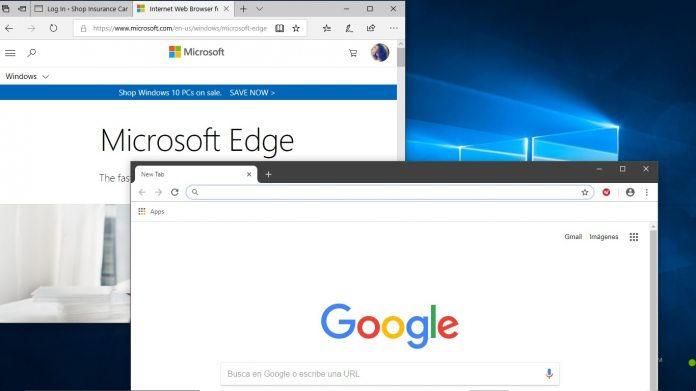If you’re unfamiliar wit FLoC, it is Google’s response to websites blocking third-party cookies. Advertisers use cookies to target users with ads based on what they are browser online. It’s a controversial ad tactic and many users seek to prevent it. Of course, Google’s revenue is based advertising, so the company’s finances are directly impacted by ad blocking tools. So, the company developed Federate Learning of Cohorts (FLoC), which leverages web browsers to categorize users under interest or browsing behavior sections. FLoC is now testing on Google Chrome and has been met with condemnation from major web outlets. Many search engine and browser developers, such as Brave, DuckDuckGo, and Vivaldi have already said they will not support Google FLoC. WordPress has also said to disable FLoC, warning Google “WordPress powers approximately 41% of the web.”
Microsoft’s Response
So, what about Microsoft, another company that has the reach to harm Google’s rollout of FLoC? Will the company also rally against the technology on its services, such as Microsoft Edge and Bing? That’s unclear long term because Microsoft’s statement seems to stand with Google but also condemn the company in equal measure: “We believe in a future where the web can provide people with privacy, transparency[,] and control while also supporting responsible business models to create a vibrant, open[,] and diverse ecosystem,” Microsoft told The Verge. “Like Google, we support solutions that give users clear consent, and do not bypass consumer choice. That’s also why we do not support solutions that leverage non-consented user identity signals, such as fingerprinting. The industry is on a journey and there will be browser-based proposals that do not need individual user ids and ID-based proposals that are based on consent and first party relationships. We will continue to explore these approaches with the community. Recently, for example, we were pleased to introduce one possible approach, as described in our PARAKEET proposal. This proposal is not the final iteration but is an evolving document.” So, is that a yes or a no, Microsoft? Tip of the day: Windows 10s Power Throttling can net up to 11% more battery savings per charge with little negative impact. In some scenarios you might consider turning Power Throttling off for single apps that you want run with maximum performance. Our tutorial shows you various methods to manage Power Throttling.




